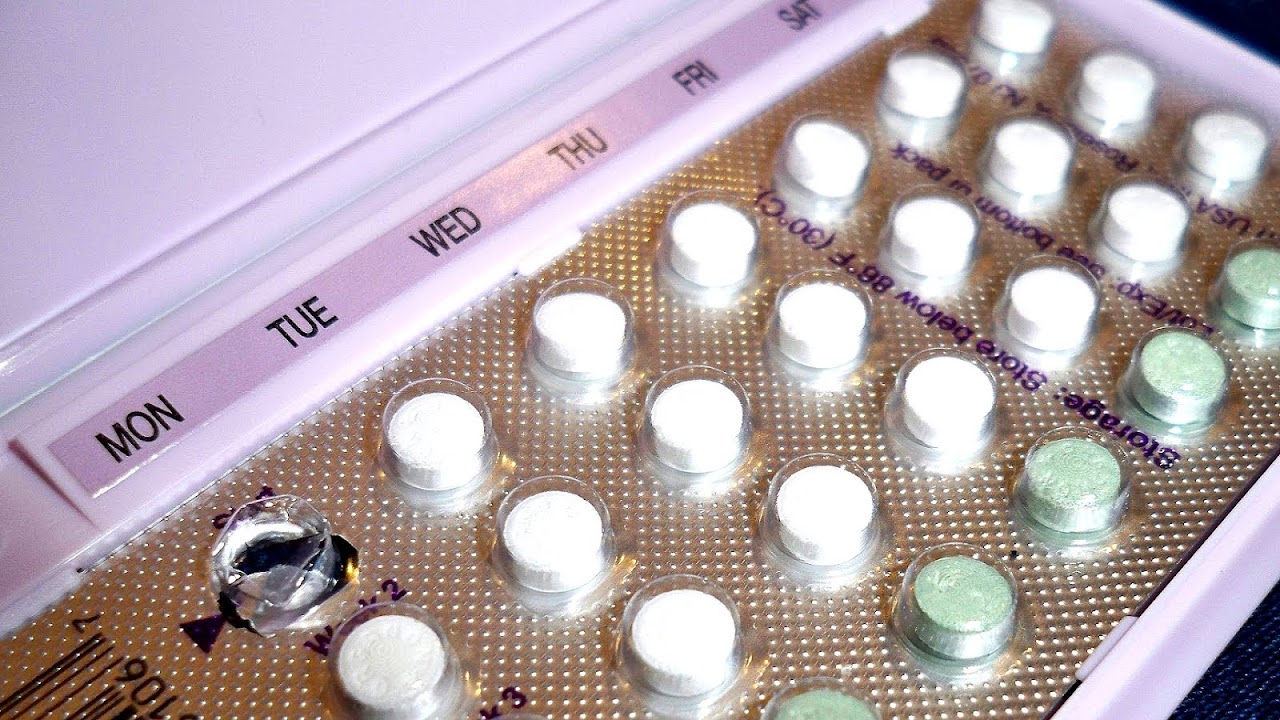
Norgestimate, sold under the brand names Cilest, Ortho-Cyclen, Ortho Tri-Cyclen, Prefest, Previfem, and Sprintec among others, is a progestin medication which is used in combination with ethinylestradiol as an birth control pill and in combination with estradiol in menopausal hormone therapy. It is a prodrug, mainly of norelgestromin, but also of levonorgestrel in small amounts. It is taken by mouth.

Maps, Directions, and Place Reviews
Medical uses
Norgestimate is used in hormonal contraception and in menopausal hormone therapy for the treatment of menopausal symptoms.
Available forms
Norgestimate is available only in combination with the estrogens ethinylestradiol and estradiol. These formulations are for use by mouth and are indicated specifically for hormonal contraception and menopausal hormone therapy. Norgestimate is not available on its own (i.e., as a standalone medication).

Pharmacology
Pharmacodynamics
Norgestimate, unlike related progestins such as levonorgestrel, shows high selectivity for the progesterone receptor (PR) and little androgenic activity. Moreover, norgestimate and its main active metabolite norelgestromin do not bind to or occupy sex hormone-binding globulin (SHBG). In accordance, clinical trials of norgestimate have observed minimal androgenic side effects.
Androgenic activity
The relative binding affinity of norgestimate and its metabolite norelgestromin for the rat prostatic androgen receptor (AR) are 0.3% and 1.3% of those of dihydrotestosterone (DHT), respectively, whereas the respective values for levonorgestrel and gestodene are 22.0% and 15.4%. Moreover, the ratios of AR to PR binding are 219 for norgestimate and 48 for its metabolite norelgestromin, whereas the ratios of progesterone, levonorgestrel, and gestodene are 93, 11, and 28, respectively. As such, norgestimate and norelgestromin have much lower androgenic potency than other 19-nortestosterone progestins.
Estrogens increase and androgens inhibit hepatic production of SHBG and by extension circulating SHBG levels. Clinical studies have found that norgestimate does not appreciably inhibit the increase in SHBG levels produced by ethinylestradiol, and this is in accordance with preclinical research and the notion that norgestimate is minimally androgenic. In addition, norgestimate and norelgestromin show virtually no affinity for SHBG, unlike levonorgestrel and gestodene (which have 87% and 202% of the relative binding affinity of testosterone for SHBG, respectively) but similarly to progesterone.
Pharmacokinetics
Norgestimate acts as a prodrug to norelgestromin (17?-deacetylnorgestimate or levonorgestrel 3-oxime), the primary active metabolite, and to a lesser extent to levonorgestrel (~22% of an administered dose; deacetylation of norgestimate occurs in the intestines and the liver), as well as to levonorgestrel 17?-acetate in very small quantities.

Chemistry
Norgestimate, also known as 17?-ethynyl-18-methyl-19-nortestosterone 3-oxime 17?-acetate or as 17?-ethynyl-18-methylestr-4-en-17?-ol-3-one 3-oxime 17?-acetate, is a synthetic estrane steroid and a derivative of testosterone. It is more specifically a derivative of norethisterone (17?-ethynyl-19-nortestosterone) and is a member of the gonane (18-methylestrane) subgroup of the 19-nortestosterone family of progestins. Norgestimate is the C3 oxime and C17? acetate ester of levonorgestrel and is also known as levonorgestrel acetate oxime. A related compound is norethisterone acetate oxime (norethisterone-3-oxime 17?-acetate).

History
Norgestimate was introduced in 1986.

Society and culture
Generic names
Norgestimate is the generic name of the drug and its INN, USAN, USP, BAN, and DCF.
Source of the article : Wikipedia


EmoticonEmoticon